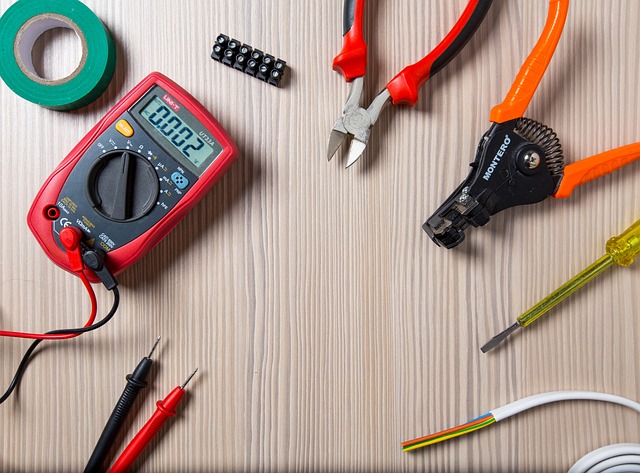Mold thrives in dark, damp spaces with poor ventilation, accelerated by high moisture levels from leaks, condensation, or humidity. HVAC systems, designed for temperature control, can disperse mold spores if not regularly cleaned and maintained, impacting indoor air quality. Regular maintenance, optimal humidity control, and addressing moisture issues are crucial to prevent mold growth and mitigate health risks. Understanding how HVAC systems contribute to mold spread is key in implementing effective control measures. Advanced air filtration systems capture microscopic mold spores, reduce moisture levels, and eliminate hidden growth, acting as powerful allies in creating a healthier environment and mitigating the dangers of mold exposure.
In today’s world, maintaining indoor air quality is paramount, especially with concerns about mold growth. Understanding how HVAC systems can either facilitate or mitigate this issue is crucial. This article delves into these dynamics, offering insights on ‘Understanding Mold Growth and Its Impact,’ the role of ‘HVAC Systems in Mold Control,’ and showcasing ‘Top-Rated Air Filtration Systems’ for effective prevention and removal. Learn how to combat mold effectively, exploring solutions that go beyond simple air filters.
- Understanding Mold Growth and Its Impact on Indoor Air Quality
- The Role of HVAC Systems in Mold Control: Pros and Cons
- Top-Rated Air Filtration Systems for Effective Mold Prevention and Removal
Understanding Mold Growth and Its Impact on Indoor Air Quality

Mold thrives in dark, damp environments, making indoor spaces particularly susceptible to its growth, especially in areas with poor ventilation. It can be carried by air currents and spread through HVAC systems, which is why maintaining optimal humidity levels and regular system maintenance are crucial for mold prevention. If left unchecked, mold not only causes unsightly stains but also releases spores that can aggravate respiratory conditions like asthma and allergies.
Understanding how mold proliferates in indoor environments is essential for implementing effective control measures. High moisture content, whether from leaks, condensation, or excessive humidity, creates the perfect breeding ground for mold. HVAC systems, while vital for temperature regulation, can inadvertently distribute mold spores throughout a building if not regularly cleaned and maintained, leading to poor indoor air quality.
The Role of HVAC Systems in Mold Control: Pros and Cons

HVAC (Heating, Ventilation, and Air Conditioning) systems play a dual role in mold control—they can both aid in maintaining a healthy indoor environment and inadvertently contribute to mold growth if not properly maintained. The primary function of HVAC systems is to regulate temperature and air quality, which are critical factors in preventing mold proliferation. Efficient air filtration, in particular, helps trap mold spores before they spread throughout the building.
However, there are potential drawbacks. If the HVAC system isn’t designed with mold control in mind or if filters aren’t regularly replaced, it can become a breeding ground for mold itself. Damp conditions within the system, such as condensing water on cold surfaces, can create an ideal environment for mold growth. Thus, while HVAC systems offer benefits in controlling indoor moisture and temperature, regular maintenance and proper filtration are essential to ensure they don’t inadvertently contribute to the spread of mold.
Top-Rated Air Filtration Systems for Effective Mold Prevention and Removal

Top-rated air filtration systems play a pivotal role in effective mold prevention and removal, especially within HVAC (Heating, Ventilation, and Air Conditioning) systems. These advanced filters are designed to capture microscopic mold spores, preventing them from circulating throughout your indoor environment. By integrating high-efficiency particulate air (HEPA) filters or even more specialized options like carbon filters, you can significantly reduce moisture levels and eliminate hidden mold growth.
Many top-rated systems incorporate smart sensors that monitor air quality in real time, triggering fan speeds to increase when spore levels rise. This proactive approach ensures that your HVAC system isn’t inadvertently contributing to mold issues—it can actually help mitigate them. With proper installation and regular maintenance, these filtration systems become powerful allies in creating a healthier, more comfortable living or working space, free from the dangers associated with mold exposure.
